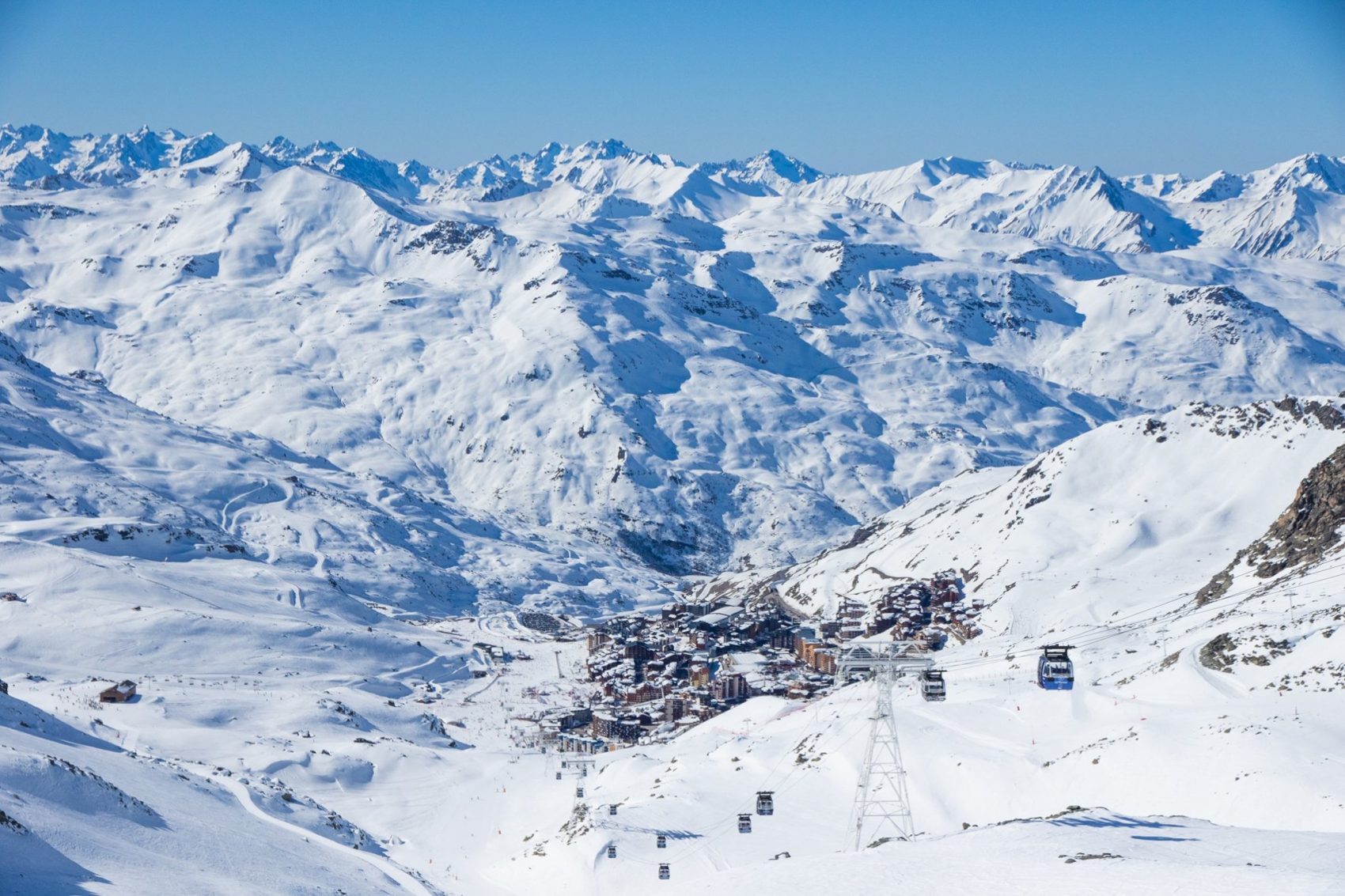
The April 2025 storm, which dumped over three feet (one meter) of snow in 48 hours in parts of France, Switzerland, and Italy, prompted authorities to declare level 5 avalanche danger in several Alpine regions. Contrary to popular belief, a level 5 rating is rare and seldom used.
Avalanche danger level 5, known as “very high,” is the most severe rating on the European Avalanche Danger Scale—a system used across the Alps to communicate the risk of avalanches based on snowpack stability, the likelihood of avalanches, and their potential size. The scale ranges from 1 (low) to 5 (very high), but in reality, level 5 is extraordinarily rare and reserved for only the most extreme and dangerous conditions.
What Does Level 5/5 Mean?
A level 5 warning signals extraordinary avalanche conditions. Numerous very large and often extremely large natural avalanches are expected, even in moderately steep terrain. These avalanches can threaten skiers and mountaineers, infrastructure, and entire communities—roads, lift systems, and even villages may be at risk. The snowpack is highly unstable, and avalanches may release spontaneously with no human trigger. As was the case last week in Switzerland, authorities typically close ski areas, restrict travel, and issue emergency warnings, as the risk extends far beyond recreational activities.
View this post on Instagram
How Rare Is Level 5?
Level 5 avalanche danger is issued only in exceptional circumstances. In Tyrol, Austria, level 5 was last reported in 2014 in East Tyrol, with the previous instance occurring during the 1999 Galtür avalanche disaster, which resulted in 31 fatalities. In January 2018, Switzerland’s SLF declared level 5 over a wide area following extraordinary snowfall, while in January 2008, southern Switzerland and Italy’s Aosta Valley were placed on maximum alert after intense storms.
Most winters, even with heavy snowfall, the danger level rarely exceeds 4. When a 5/5 rating is issued, it indicates a crisis that can paralyze entire regions and requires the highest level of caution and response from authorities and the public. This rating is reserved for periods when massive avalanches are likely, posing a threat not only to backcountry travelers but also to entire mountain communities. The issuance of level 5 during the April 2025 storm highlights the severity and historical significance of the event.
- Related: Avalanches in Val Thorens, France, Leave One Critically Injured and Force Ski Area Shutdown
How the Scale Works
The European Avalanche Danger Scale is categorical and non-linear: the jump in risk from level 2 to 3, or 4 to 5, is not simply incremental but exponential. As the danger level rises, snowpack stability decreases, avalanche-prone locations become more widespread, and avalanches’ potential size and impact increase dramatically. The scale is designed to provide a simplified yet effective communication tool for public and emergency services, but it cannot capture the full complexity of local terrain and conditions.
The severity of the snowfall and the rarity of the danger rating highlight just what an exceptional storm last weeks was.
